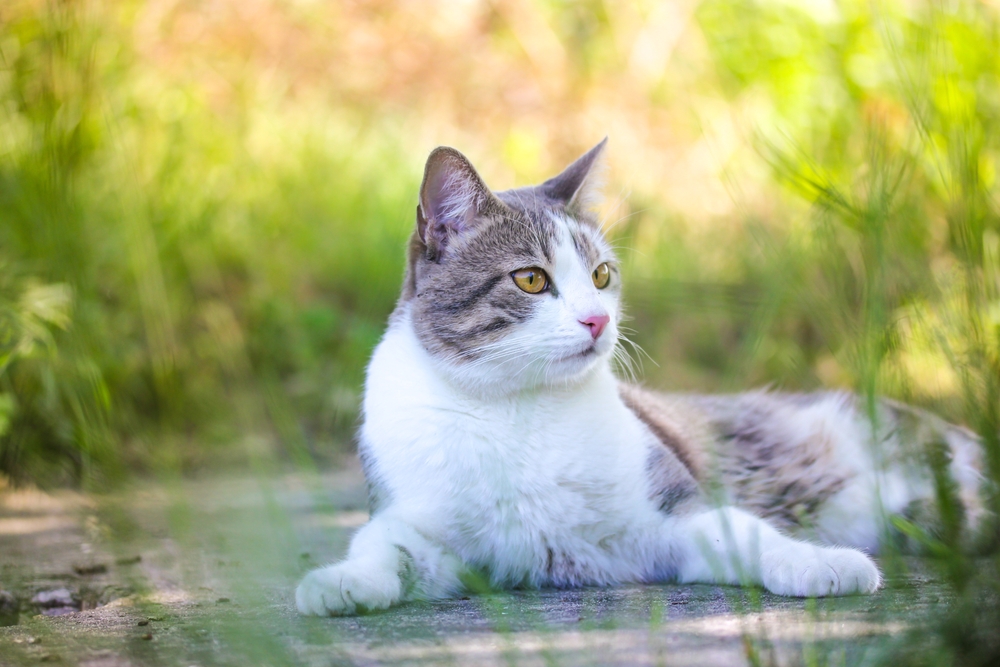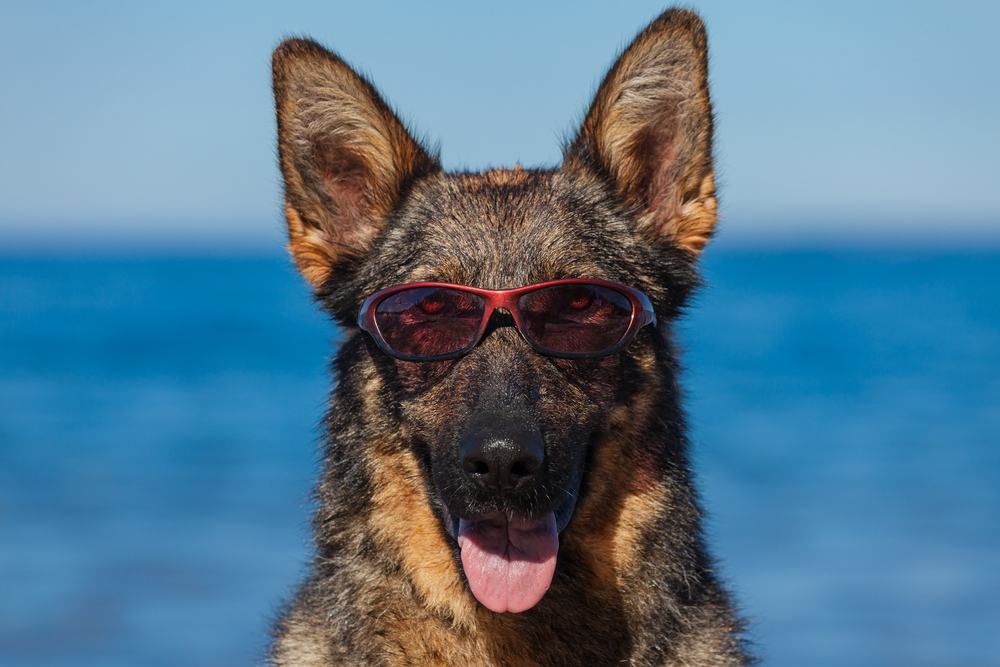
Summer Skin Care for Pets: Sunburn, Insect Bites, and More
Summer in Westchester County means longer walks, more time in the yard, and adventures to the lake or hiking trails. But while you’re packing sunscreen and insect repellent for yourself, it’s easy to overlook the fact that your pets need similar protection. Just like humans, dogs and cats can suffer from sunburn, itchy bug bites, and other warm-weather skin irritations. At Sleepy Hollow Animal Hospital, we want to make sure pet parents are equipped with the knowledge they need to keep their furry family members safe and comfortable all season long.
Pets Can Get Sunburned Too — And It’s More Common Than You Think
You might think your dog’s fur is all the protection they need, but many pets have areas of exposed or thin skin that are vulnerable to sunburn—especially the nose, ears, belly, and around the eyes. A lazy afternoon nap in a sunny backyard can quickly lead to red, inflamed skin or even blistering.
Some breeds are especially susceptible. Short-haired or light-colored dogs like:
- Boxers, Dalmatians, and American Bulldogs don’t have as much natural UV protection.
- Greyhounds and Whippets, known for their sleek coats and lean builds, also fall into this category.
- Hairless or sparsely-furred breeds like the Chinese Crested and Xoloitzcuintli need extra caution in the sun.
- Cats, too—especially hairless ones like the Sphynx—are vulnerable to sun damage.
Sunburn in pets can be painful and may lead to complications such as skin infections or an increased risk of skin cancer. Redness, dry or peeling skin, and flinching when touched are all signs to watch for.


How to Protect Your Pet from the Sun
- Use a pet-safe sunscreen on sensitive areas. Human sunscreens often contain ingredients like zinc oxide that are toxic to animals—so always choose one specifically made for pets.
- Plan outdoor time during the cooler hours of the day—early morning or late afternoon—to avoid peak UV exposure.
- If you’re heading out for a hike or a beach day, consider a lightweight sun-protective shirt or vest for your dog. They even make UV-protective hats for the most stylish pups!
Insect Bites: Small Bugs, Big Problems
Summertime brings out all kinds of critters—fleas, ticks, mosquitoes, and biting flies—that can wreak havoc on your pet’s skin. These pests aren’t just annoying; they can transmit dangerous diseases and cause allergic reactions that make your pet miserable.
- Flea saliva, for instance, can cause intense itching and lead to a condition called flea allergy dermatitis.
- Ticks, common in wooded and grassy areas, can transmit Lyme disease and other serious infections.
- Mosquitoes pose the threat of Heartworm Disease
- Bee or wasp stings can result in swelling, hives, or even anaphylactic shock in sensitive animals.
If your pet starts scratching excessively, develops red bumps or swelling, or seems generally uncomfortable after outdoor play, it’s time to investigate.
Preventative Measures That Work To Protect Your Pet's Skin
Stay consistent with monthly flea, tick, and heartworm preventatives—our veterinarians can recommend a product tailored to your pet’s needs and lifestyle.
After outdoor activities, check your dog’s coat and skin for ticks, especially under the collar, around the ears, between the toes, and under the tail.
Keep your lawn trimmed and clear of brush to reduce pest habitats in your backyard.


The Not-So-Obvious Summer Skin Challenges For Pets
Beyond the obvious threats like sun and bugs, summer presents several less visible but equally irritating skin hazards for pets.
For example, hot pavement can cause painful burns on paw pads. If the ground feels too hot for your hands or feet, it’s definitely too hot for their feet. Stick to grassy areas, or consider paw-protective booties for walks on sunny days.
Swimming is another summertime favorite—but lakes, rivers, and chlorinated pools can cause dry skin or ear infections if your pet isn’t rinsed and dried afterward. Moisture trapped in fur or ears creates the perfect environment for bacteria and yeast to thrive.
And then there are seasonal allergies, which tend to flare up in pets during the warmer months just like they do in people. Common triggers include pollen, mold spores, and grasses, all of which can cause itching, licking, and hot spots.
What You Can Do:
- Wipe down your dog’s paws and belly after walks to remove allergens.
- Bathe your pet with a gentle, moisturizing pet-approved shampoo every few weeks to keep their skin clean and hydrated.
- Talk to our vets if you notice recurring rashes, bald spots, or persistent scratching—these could be signs of allergies or a more serious skin condition.
Book a Summer Wellness Visit with Sleepy Hollow Animal Hospital Today!
Skin conditions can be tricky to treat once they take hold—prevention and early intervention are key. That’s why we recommend a summer wellness exam to make sure your pet is protected and comfortable as the temperatures rise.
At Sleepy Hollow Animal Hospital, our compassionate team will work with you to assess your pet’s specific risks and tailor a wellness plan that suits their breed, age, and lifestyle.
If you’re in Westchester County and want to ensure your pet is ready to enjoy summer safely, give us a call. We’re here to help your best friend stay happy, healthy, and itch-free all season long.
Call today to schedule your pet’s summer skin and wellness check!











